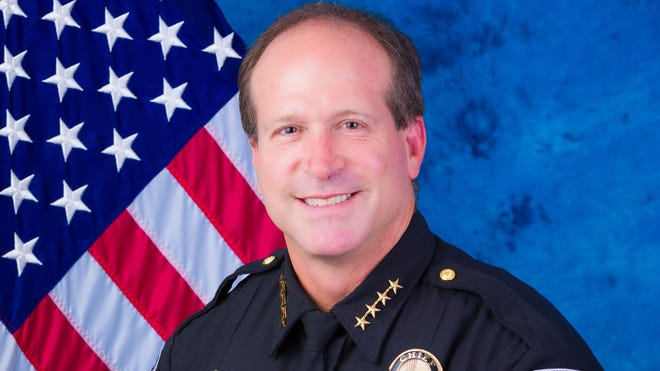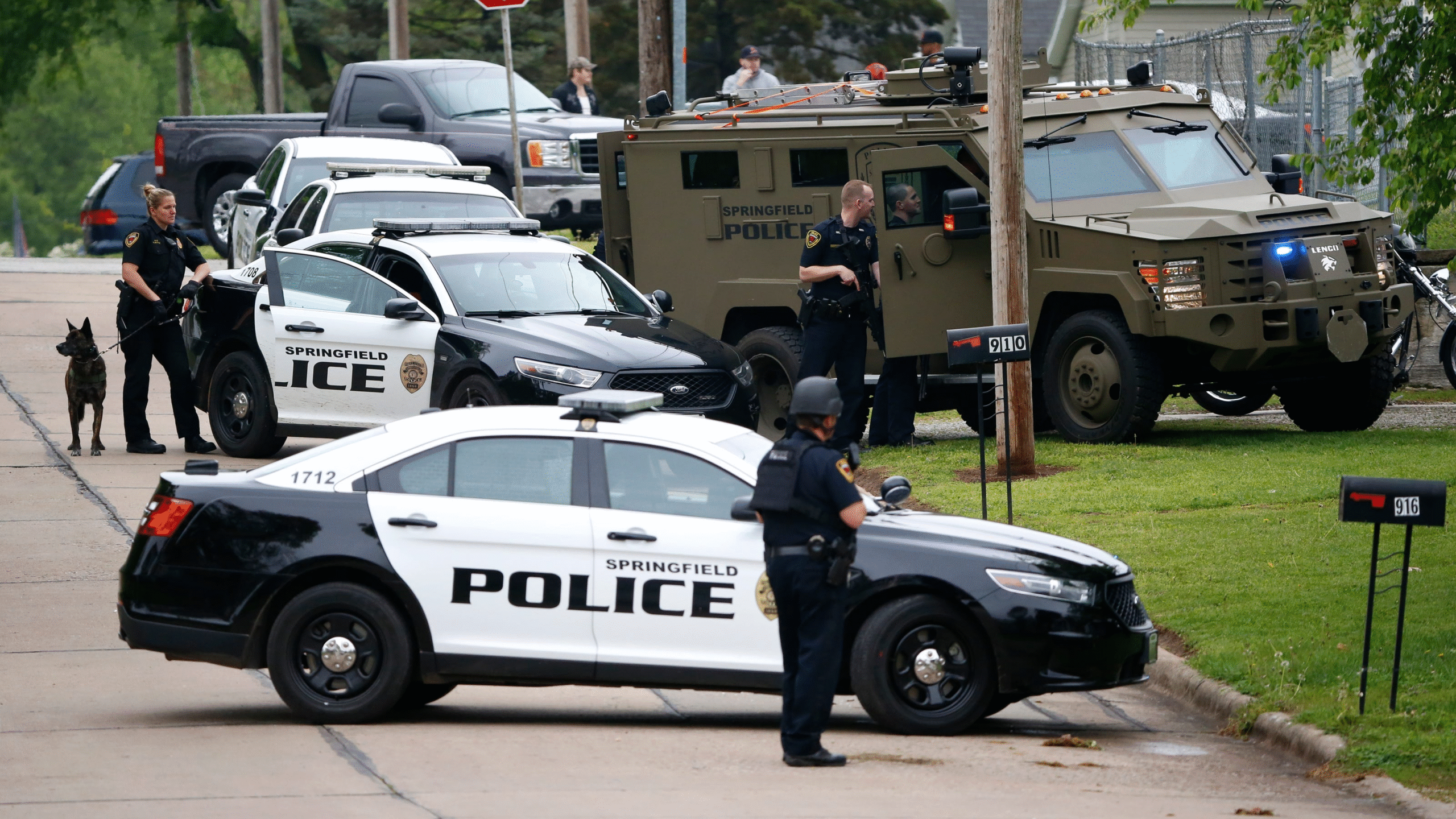Glendale Police Major Case Briefing: A Deep Dive into Public Safety and Transparency
Law enforcement agencies across the United States have embraced greater transparency through public briefings and digital content sharing, especially in high-stakes cases. The Glendale Police Department in Arizona is no exception. Their Major Case Briefing approach has become a critical tool for informing the public, maintaining accountability, and supporting ongoing investigations. These briefings offer a detailed account of complex incidents, including officer-involved shootings, critical criminal activity, and large-scale investigations that impact the community.
In this article, we explore the components, significance, and recent developments surrounding Glendale Police Major Case Briefings, using real-life examples and assessing their effect on public trust, legal accountability, and investigative efficiency.
The Purpose of a Major Case Briefing
A Major Case Briefing is a formalized update provided by law enforcement agencies to inform the public and the press about significant incidents. These briefings may include:
- Critical Incident Reports (CIR)
- Officer-Involved Shooting (OIS) updates
- Homicide investigations
- Violent crime alerts
- Multi-agency task force operations
The Glendale Police Department uses these briefings to outline timelines, present evidence, share body-worn camera (BWC) footage, and explain the legal framework surrounding officer conduct and departmental policy. These briefings are also a means to combat misinformation, clarify rumors, and ensure that the public understands the full context of police actions.
Recent Glendale Police Major Case Briefing: A Case Study
One of the most talked-about briefings in recent Glendale history took place following an officer-involved shooting on October 20, 2024. This incident occurred near 37th Avenue and Glendale Avenue, prompting a rapid response and drawing attention from the media, local officials, and the public.
Background of the Incident
The incident began with a 911 call reporting a trespassing incident involving a man believed to be intoxicated and reportedly carrying a large knife. The caller stated that the man was creating a disturbance in a local business and scaring customers.
Upon arrival, Glendale officers identified the man, who proceeded to evade police by entering a stockroom and climbing atop a built-in freezer. Officers used verbal commands and non-lethal force (tasers) in an attempt to de-escalate and apprehend the individual. However, events quickly turned violent.
Escalation and Use of Force
After briefly complying, the suspect resisted arrest and physically engaged both responding officers. During the struggle, the man gained control of a taser and discharged it at the officers, resulting in both experiencing its effects. In response to this direct threat, the male officer drew his service weapon and discharged it, fatally striking the suspect.
Paramedics were called, but the man was declared deceased at the scene. Both officers were hospitalized and released the same day.
Transparency Through Body-Worn Camera Footage
One of the most critical components of a Glendale Police Major Case Briefing is the release of body-worn camera (BWC) footage. In the October 2024 case, the Glendale Police Department promptly released a Critical Incident Briefing (CIB) that included:
- Body cam footage
- Dispatch audio
- Officer statements
- Scene reconstructions
- Evidence photographs
The video, though partially redacted to protect the privacy of individuals and the integrity of the investigation, provided the public with a factual, visual timeline of events. This transparency serves multiple purposes:
- Builds community trust by showing real-time responses.
- Supports legal investigations by preserving evidence.
- Defends police decisions when use-of-force is under scrutiny.
Legal Review and Internal Investigations
Every officer-involved incident undergoes dual investigations:
- Criminal Investigation: To determine whether any laws were violated.
- Internal Affairs Investigation: Conducted by the Professional Standards Bureau, which evaluates the officer’s compliance with department policy.
The findings from these investigations are later reviewed by the Maricopa County Attorney’s Office. The Glendale Police Department has emphasized that no final conclusions will be drawn until all facts are available. In the October case, the process is ongoing, but the department has confirmed that all evidence will be turned over for judicial review.
Community Response and Public Reaction
The public’s reaction to the Glendale Police Major Case Briefings has been mixed, depending largely on the nature of the incident and the clarity of the evidence presented. Community leaders have generally praised the department’s commitment to transparency.
For example:
- Civil rights advocates acknowledged that releasing body cam footage within days of the incident helped reduce speculation and misinformation.
- Local residents appreciated the honesty and detail in the briefing, though some questioned the level of force used.
In contrast, certain advocacy groups have raised concerns about whether taser use and officer tactics escalated rather than de-escalated the situation. These discussions are valuable in shaping future policies and training protocols.
Media and Public Access
The Glendale Police Department ensures public access to Major Case Briefings through:
- YouTube releases of CIB videos
- Official department website updates
- Social media announcements
- Press conferences with Q&A sessions
Portions of videos may be redacted to comply with Arizona public records law, protecting personal identifiers or sensitive investigation details. However, unedited versions are preserved for use by courts, defense attorneys, and prosecutorial offices.
This approach supports the balance between transparency and procedural fairness — a central tenet in modern policing.
Training and Future Policy Implications
Major case briefings aren’t just reactive tools. They also inform:
- Training programs for new recruits and seasoned officers
- Policy reviews on use-of-force
- Public safety education
The Glendale Police Department regularly reviews case briefings to identify lessons learned. After each critical incident, the department considers updates to:
- Use-of-force protocols
- Taser and non-lethal weapon deployment policies
- Mental health crisis intervention procedures
In addition, Glendale has considered launching community forums where residents can ask follow-up questions about briefings or recommend changes to how these briefings are conducted.
Importance of Interagency Collaboration
The success of a Major Case Briefing often depends on cooperation between multiple departments and agencies. In high-profile cases, the following entities may be involved:
- Maricopa County Sheriff’s Office
- FBI (for federal interest cases)
- Arizona Department of Public Safety
- Emergency medical services (e.g., Phoenix Fire Department)
- Private security or business representatives (if the incident occurs on commercial property)
This collaboration ensures that all angles are covered and that the public receives a comprehensive, fact-based summary of the case.
Criticism and Controversies
Despite its many benefits, the Major Case Briefing process is not without criticism:
- Some argue that police briefings may be biased, framing events in a way that favors the officers involved.
- Others believe that footage should be released sooner — within 24–48 hours — rather than several days later.
- There’s also debate about how much information should be redacted.
Glendale PD has responded to such concerns by emphasizing that redactions are legally required and that final judgments should be left to the courts, not public opinion alone.
Conclusion of glendale police major case briefing
The Glendale Police Major Case Briefing system is a reflection of evolving law enforcement priorities in the 21st century — balancing transparency, accountability, and investigative integrity. By providing real-time video, detailed narrative timelines, and legal context, the Glendale Police Department has positioned itself as a leader in proactive public engagement.
As technology improves and societal expectations shift, these briefings will likely become even more detailed, interactive, and accessible. For now, they remain a vital part of Glendale’s public safety communication strategy and a model for other departments nationwide.




Post Comment